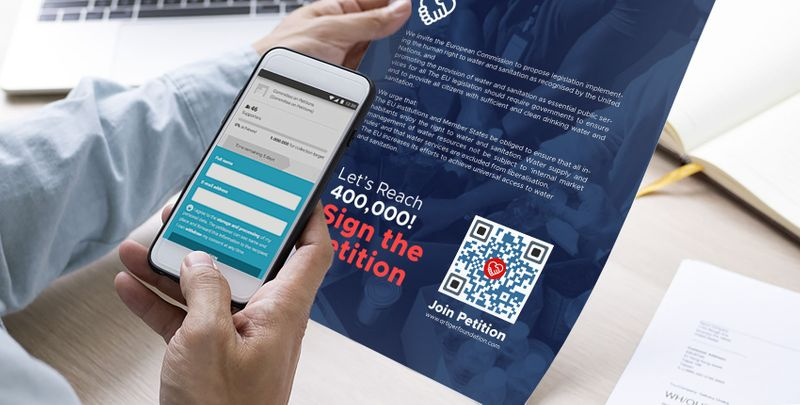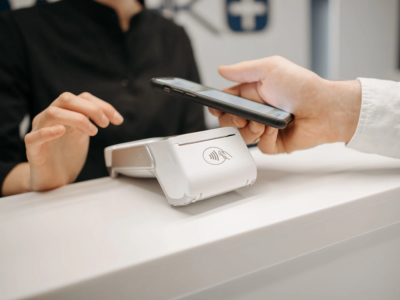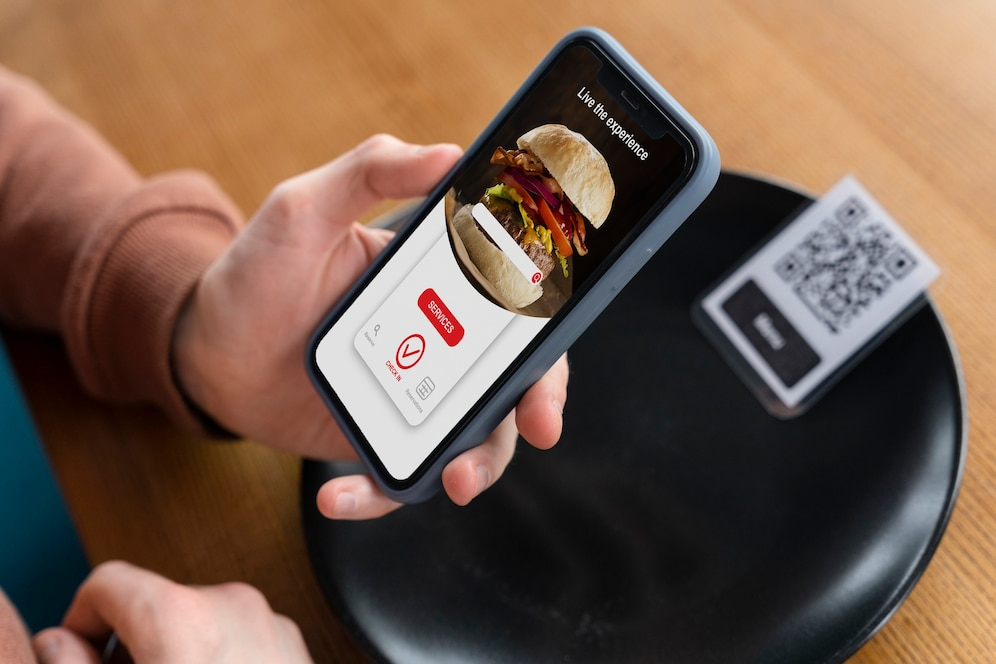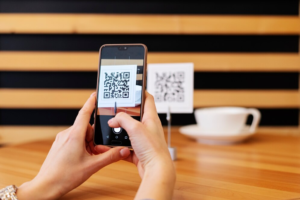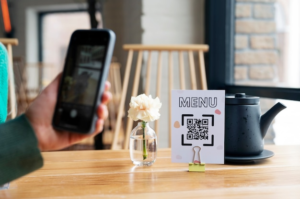QR Codes for Non-Profits have become an increasingly popular and effective tool for non-profit organizations to enhance their operations and engage with their supporters. In this article, we will explore the various ways in which non-profits can leverage QR codes to streamline their processes, increase awareness, and foster meaningful connections with donors, volunteers, and the community.
Introduction to QR Codes
QR codes, short for Quick Response codes, are two-dimensional barcodes that can be scanned using a smartphone or a QR code reader. They store information in the form of black and white squares arranged in a grid, which can represent text, URLs, contact details, or other types of data. QR codes provide a convenient and efficient way to access information quickly by simply scanning the code with a mobile device.
What are Non-Profit Organizations?
Non-profit organizations, also known as not-for-profit organizations, are entities that operate for a social or charitable purpose rather than for profit. They aim to address social, cultural, educational, or environmental issues and rely on the support of donors, volunteers, and sponsors to fulfill their mission. Non-profits encompass a wide range of organizations, including charities, foundations, advocacy groups, and community service organizations.
The benefits of QR codes for non-profit organizations

QR codes offer several benefits for non-profit organizations:
Enhancing fundraising efforts with QR codes
By incorporating QR codes into fundraising campaigns, non-profit organizations can provide convenient ways for donors to contribute. QR codes can be placed on marketing materials, such as posters, flyers, or social media posts, enabling potential donors to quickly access donation pages and make contributions.
Simplifying donation processes
QR codes streamline the donation process by eliminating the need for manual entry of information. Donors can simply scan the code and be directed to a secure donation page, where they can choose their contribution amount and complete the transaction efficiently.
Increasing donor engagement
QR codes can be used creatively to engage donors on a deeper level. For example, organizations can create QR codes that link to impact stories, videos showcasing the organization’s work, or success stories of individuals who have benefited from their programs. This interactive approach helps create a more personal connection and encourages continued support.
QR codes for event promotions
Non-profit organizations often organize events to raise awareness and funds. QR codes can be incorporated into event invitations, tickets, or promotional materials to provide attendees with quick access to event details, registration forms, or schedules. This simplifies the event experience and encourages higher participation.
Encouraging volunteer participation
QR codes can also be utilized to streamline volunteer recruitment and engagement. Organizations can create codes that lead to volunteer registration forms or provide information about ongoing volunteer opportunities. This makes it easier for individuals to get involved and contribute their time and skills.
Sharing impact stories through QR codes
QR codes offer a powerful way to showcase the impact of a non-profit organization’s work. By linking codes to success stories, testimonials, or images of the organization’s achievements, supporters can witness firsthand the positive change they are contributing to. This storytelling approach strengthens emotional connections and encourages continued support.
The Benefits of QR Codes for Non-Profits
QR codes offer several benefits for non-profit organizations, enabling them to enhance their outreach, fundraising efforts, and operational efficiency. By leveraging QR codes, non-profits can:
- Enhance Donor Engagement with QR Codes: QR codes can be used to provide easy access to donation platforms, allowing supporters to contribute to the organization’s cause with a simple scan. Non-profits can create QR codes that link directly to their donation pages or integrate them into fundraising materials to encourage donations.
- Using QR Codes for Fundraising Campaigns: Non-profits can generate unique QR codes for specific fundraising campaigns. These codes can be printed on promotional materials such as flyers, posters, or event tickets, allowing donors to scan the code and make a direct contribution to the campaign.
- Increasing Awareness and Outreach: QR codes can be incorporated into marketing materials to provide more information about the organization’s mission, upcoming events, or success stories. By scanning the code, individuals can access multimedia content such as videos or photo galleries, helping to create a deeper connection with the non-profit’s work.
- Streamlining Volunteer Registration and Communication: QR codes can simplify the process of volunteer registration by linking directly to online registration forms. Non-profits can also use QR codes to share important updates, event details, or volunteer assignments, ensuring effective communication with their volunteers.
- QR Codes for Event Management: Non-profits frequently organize events such as fundraising galas, charity runs, or auctions. QR codes can be used for event registration, ticketing, and check-in processes, eliminating the need for paper-based systems and streamlining the event management process.
- Implementing QR Codes in Marketing and Promotions: QR codes can be utilized in various marketing campaigns to drive engagement and encourage support. For example, non-profits can place QR codes on promotional merchandise or print advertisements, enabling individuals to access additional information or exclusive content related to the organization.
- Tracking and Analyzing QR Code Data: QR codes provide non-profits with valuable data insights. By tracking scan data, organizations can analyze the effectiveness of their campaigns, identify areas for improvement, and gain a better understanding of their audience’s interests and preferences.
Ensuring QR Code Accessibility and Compatibility

When implementing QR codes for non-profit organizations, it’s essential to ensure accessibility and compatibility for all users. Consider the following best practices:
- Create codes that are easily scannable by using high contrast and clear images.
- Test QR codes across different devices and platforms to ensure compatibility.
- Include alternative text or instructions for individuals who may require assistance in scanning the code.
- Make sure the landing page or content accessed through the QR code is mobile-friendly and accessible.
QR Code Best Practices for Non-Profit Organizations
To maximize the benefits of QR codes, non-profit organizations should follow these best practices:
- Clearly communicate the purpose and value of scanning the QR code.
- Provide a compelling call-to-action alongside the QR code to encourage scanning.
- Regularly update the content or landing page accessed through the QR code to keep it fresh and relevant.
- Optimize the landing page for conversions, whether it’s for donations, volunteer sign-ups, or event registrations.
- Monitor and analyze QR code performance to refine strategies and improve outcomes.
FAQs
Can QR codes be used for donation tracking?
Yes, non-profits can generate unique QR codes for individual donations, allowing them to track contributions and allocate funds accordingly.
Are QR codes secure for donor transactions?
QR codes themselves do not handle transactions directly. However, non-profits should ensure that the platforms and payment gateways used for donation processing are secure and trustworthy.
Can QR codes be scanned without an internet connection?
Scanning QR codes typically requires an internet connection to access the content or landing page linked to the code. However, some QR code readers offer offline capabilities for basic scanning.
Are QR codes only accessible to smartphone users?
While QR codes are primarily scanned using smartphones, users can also scan them using dedicated QR code readers available on some feature phones or by using the camera functionality on tablets or computers.
How can non-profits promote QR code usage to their supporters?
Non-profits can educate their supporters about the benefits of QR codes through email newsletters, social media posts, website banners, and physical signage at events or in their facilities.
Conclusion
QR codes offer non-profit organizations a versatile and powerful tool to engage with their stakeholders, streamline operations, and increase awareness. By implementing QR codes strategically and following best practices, non-profits can unlock new opportunities for fundraising, volunteer management, and community outreach. Embracing QR codes as part of their digital strategy will enable non-profits to make a more significant impact and foster meaningful connections with their supporters.

